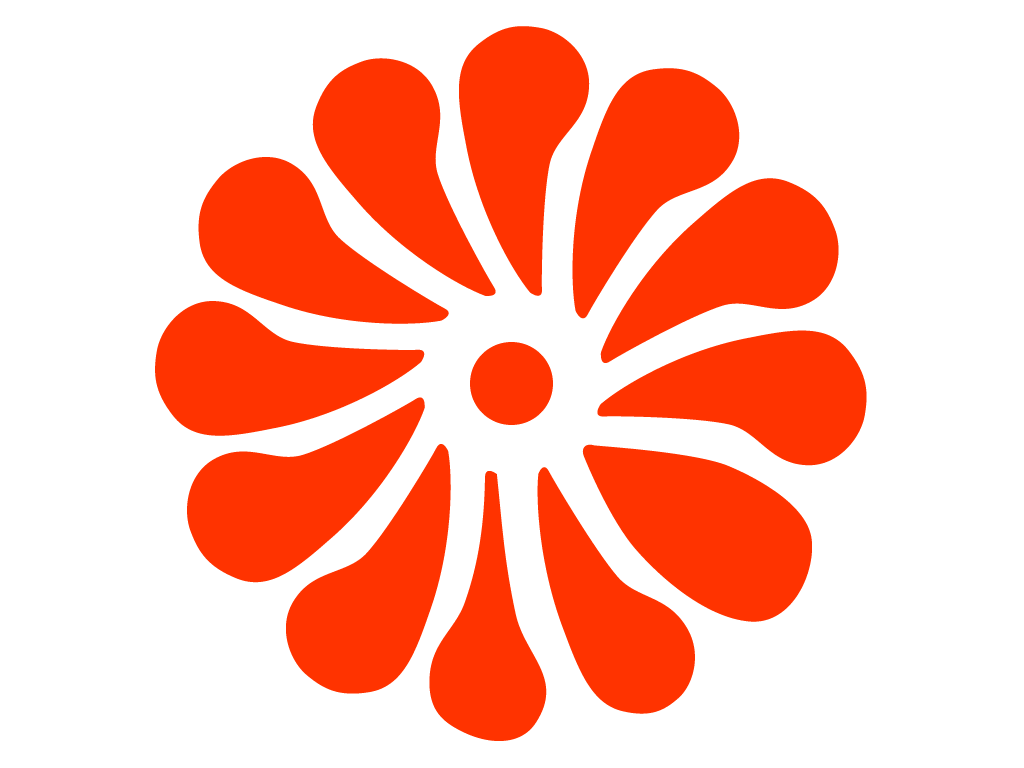Eriocapitella rivularis: Unveiling the Grace of Riverside Beauty
In the realm of botanical wonders, Eriocapitella rivularis stands as a testament to nature’s breathtaking artistry. Belonging to the esteemed Ranunculaceae family, this captivating herbaceous perennial has a rich history and an enchanting presence. Once known as Anemone rivularis in 1817, it was reintroduced to the world by the meticulous work of Dr. Maarten J. M. Christenhusz and Dr. James W. Byng in 2018. Native to the vibrant landscapes of Asia, Eriocapitella rivularis thrives along streamsides and meadows, gracing the margins of forests with its elegance.
Exploring the Beauty Within Characteristics and Delicate Details
Eriocapitella rivularis, also known as the Riverside Flower or Riverside Windflower, boasts a clump-forming growth habit, captivating the eye with its distinctive features. Its rhizome-like roots anchor it firmly to its waterside habitat, while the basal leaves, adorned with petioles reaching an impressive length of approximately 15cm or 6in, unfurl with grace. These lobed leaves, almost pentagon-shaped and divided into three sections, add a touch of intricacy to the plant’s overall allure.
As Eriocapitella rivularis reaches for the heavens, it sends forth long flowering stems enveloped by whorls of smaller leaves. It is on these elegant stems that the true spectacle unfolds. Delicate flower stalks emerge, each adorned with an array of five to ten sepals that elegantly encircle the absence of petals. The flowers themselves exude a pristine white hue with a hint of blue on their reverse side, a testament to their ethereal beauty. The pistils gracefully surround the stamens, while the anthers dazzle in a slate blue color, adding a subtle touch of contrast. The summer season heralds the grand performance of Eriocapitella rivularis, as it graces the landscape with its mesmerizing blossoms.
Cultivating Eriocapitella rivularis:
Sunlight Preferences: Eriocapitella rivularis flourishes in a sunny or partially shaded environment. Choose a location that receives ample sunlight or dappled shade to provide the optimal growing conditions for this botanical gem.
Watering Needs: Moist but well-drained soil serves as the ideal medium for nurturing Eriocapitella rivularis. It thrives when its roots enjoy consistent moisture without becoming waterlogged. Strive to strike a balance, ensuring the soil remains moist but never excessively saturated.
Soil Considerations: The key to unlocking the full potential of Eriocapitella rivularis lies in providing it with well-drained soil. Optimal soil compositions range from loamy to sandy, enabling the plant to thrive in its preferred growing medium. Strive to create an environment that mimics its natural habitat to nurture its growth and vitality.
Pests and Disease Management: Vigilance is crucial to safeguard the health and beauty of Eriocapitella rivularis. Regularly inspect the plant for signs of slugs, caterpillars, eelworms, and powdery mildew, taking prompt action at the first sign of infestation or disease. By maintaining a proactive approach, you can ensure that this riverside treasure continues to enchant without impediments.
Propagation Techniques:
Propagating Eriocapitella rivularis through division is a rewarding endeavor for expanding your collection of these botanical wonders. Early spring serves as the optimal time for division, allowing the plant ample time to establish its roots and prepare for the upcoming blooming season. Exercise care during the division process to safeguard the health of both the parent plant and the newly separated sections.
Embrace the Riverside Majesty of Eriocapitella rivularis
As you welcome Eriocapitella rivularis into your garden sanctuary, you invite a touch of riverside majesty to grace your landscape. Its captivating blooms, reminiscent of pure white tapestries adorned with subtle hints of blue, create an atmosphere of enchantment. Embrace the allure of this herbaceous perennial, and be rewarded with its delicate beauty and unwavering resilience. Eriocapitella rivularis, the Riverside Flower, invites you to embark on a journey through its rich history, charming features, and the joy of nurturing it to flourish in your own corner of the world.







